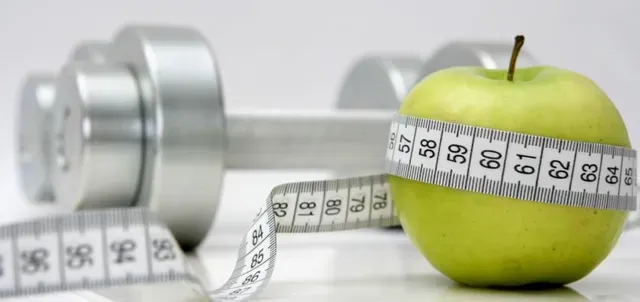The Glycemic Index: The importance of using it daily with intention of improving your nutrition.
The Glycemic Index is a way to categorize carbohydrate rich foods. Jennie Brand Miller, PhD of Australia was one of the first researchers to study the effects of carbohydrate rich foods on blood sugar levels and the release of insulin after food consumption. The glycemic index classifies foods from 0 to 100, based on how quickly glucose is absorbed after foods are consumed.
Foods with scores less than 55 are classified as low glycemic index foods, while foods with a score of 70 or higher are classified as high glycemic index foods. Scores are established by measuring how quickly glucose is absorbed into the blood after a food has been consumed. Foods that are digested and absorbed quickly will result in a higher GI score. Foods such as white rice, white bread and table sugar typically have scores between 70-100 and when consumed result in elevated blood sugar levels soon after consumption. However, foods that have lower GI scores of 55 and below, such as barley and wheat bread, result in lower blood sugar levels after consumption.
High glycemic index foods are commonly simple carbohydrates or highly refined carbohydrates such as white flour, refined sugar, baked goods, white bread, candy and soda. Low glycemic index foods on the other hand are complex carbohydrates; carbohydrates that provide both soluble and insoluble fiber such as barely, pasta cooked al dente, apples, and fresh vegetables. Low GI foods take a longer time to digester compared to high GI foods, thus results in lower blood sugar levels over time.
With this information, we can now apply the concept of the glycemic index to daily food consumption. Research has shown, foods that provide simple carbohydrates or foods with a high GI, are easily digested and tend to keep us feeling satiated (feeling of being full) for a shorter period of time compared to low GI foods or complex carbohydrates. After the consumption of high GI foods, we may crave another source of carbohydrates within a few hours after the first meal. For example, think about the last time you ate only a bagel or apiece of toast with jam; were you hungry or crave another source of calories shortly after the bagel or bread? Now think of the last time you consumed old-fashioned oatmeal or yogurt with granola and almonds; how long did you stay satiated?
Low GI foods are loaded with fiber and other complex carbohydrates that take longer to digest than their counter parts simple carbohydrates. The longer digestion takes the longer you feel full, and blood glucose levels remain under control. Low GI foods are less processed providing great quantities of vitamins, minerals, insoluable and soluble fibers. In relation to disease, a diet complete with low GI foods has been shown to control blood glucose concentrations and weight control of type II diabetes, obesity and cardiovascular disease. Low GI foods also anti-inflammatory foods, foods that help to reduce inflammation and inflammatory states of the body.
The GI of food is not only related to blood sugar concentrations, but to insulin production, cardiovascular disease, type two diabetes and weight control. Research has shown consuming a low GI diet helps to attenuate blood glucose concentrations, enhances satiety and helps to reduce risk of type II diabetes by decreasing stress onto the pancreas through increase secretion of insulin in response to high blood glucose concentrations. Eating a low GI diet also introduces less processed foods, which can provide us with more natural nutrients and less chemical injection. This overall can enhance and improve health.




